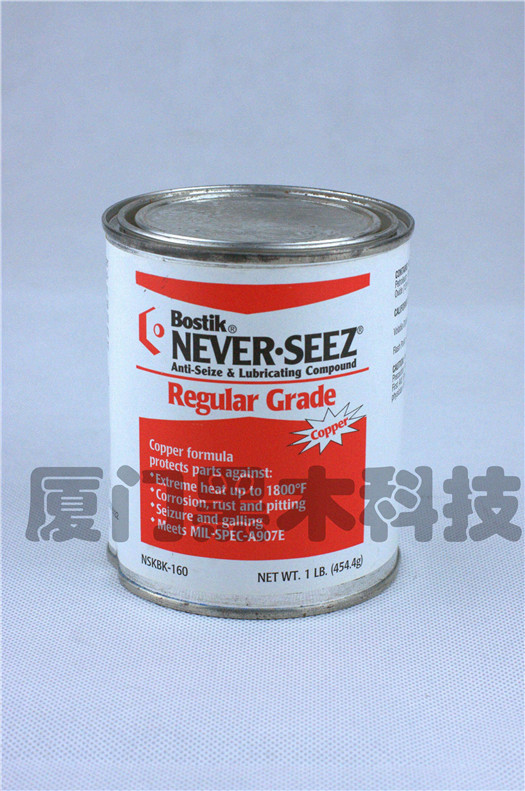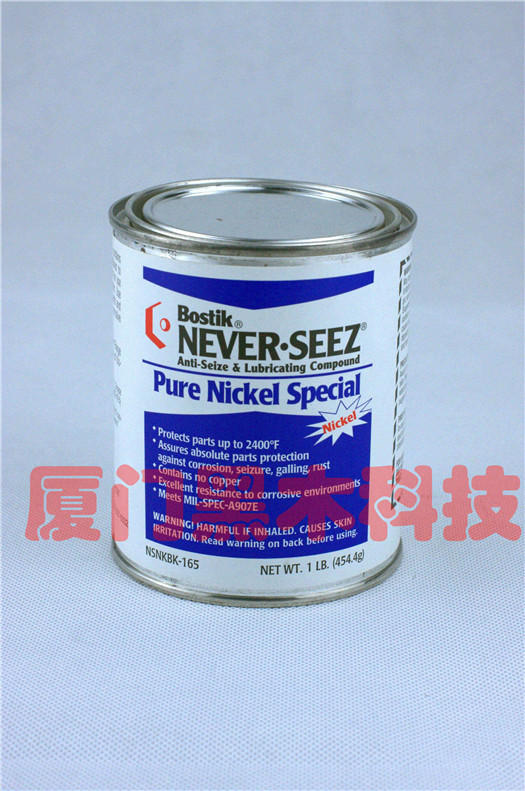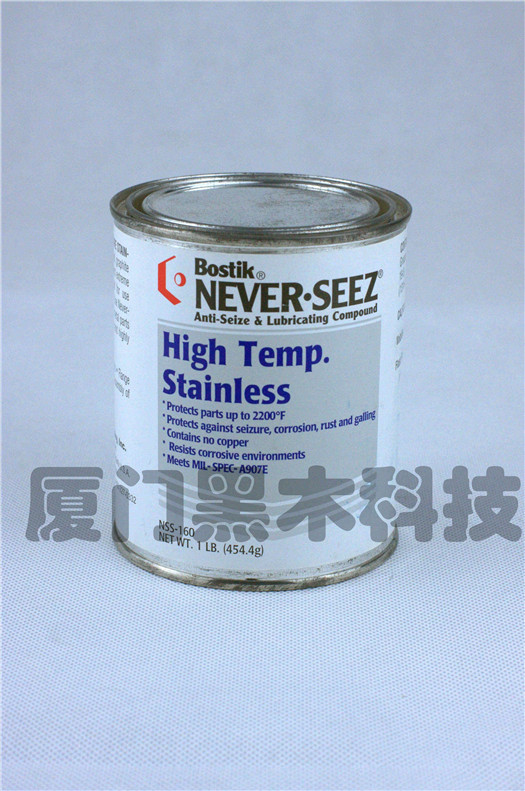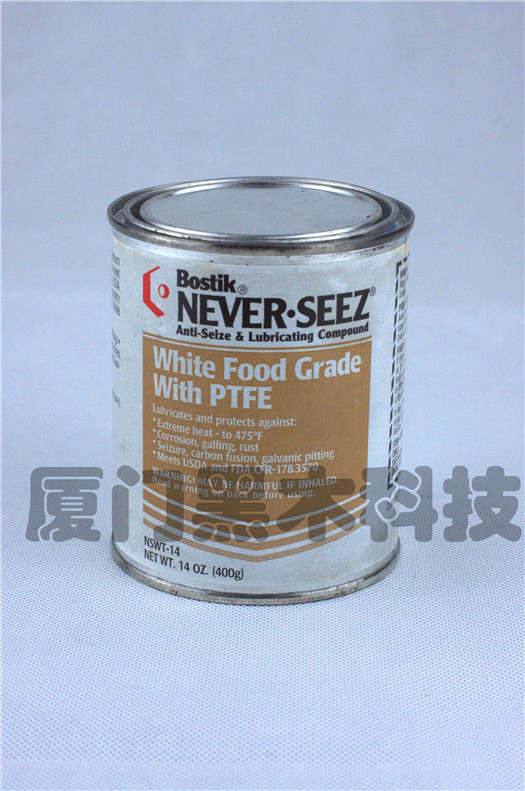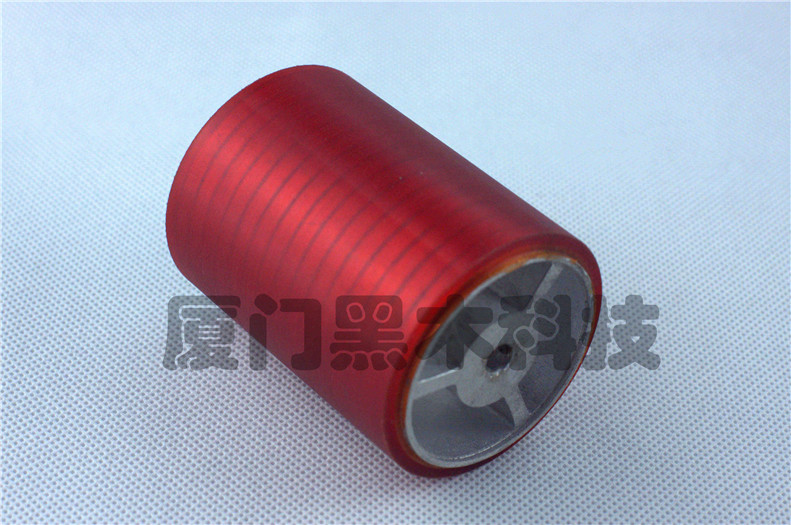Review of titanium market in November In November, the performance of the titanium ore market relative to the titanium dioxide market was relatively stable, and there was no significant price reduction by merchants. However, due to insufficient downstream support, the phenomenon of procurement price depression remained relatively obvious. In addition, due to the downturn in demand and the impact of low prices of titanium ore from Africa, the price of mainstream imported titanium ore was reduced by 15-20 yuan/ton compared to October. However, domestic titanium ores in Hainan have no advantage over imported titanium ores in terms of price, making it very difficult to clinch a deal. Due to the year-on-year decrease in customer resources and supply, the price of titanium ore in Panxi region is relatively stable. The market price of titanium slag did not change much in November. Due to insufficient demand, the total transaction volume of chlorinated slag has decreased. Titanium slag enterprises can do nothing about this and can only passively bear it. The acid residue market is slightly better, as some enterprises have stopped production in advance, and the current market competition is relatively mild. The person in charge of a certain enterprise stated that the biggest difficulty for the enterprise at present is the difficulty in collecting funds. Due to fierce market competition, downstream buyers often require payment after delivery, and titanium slag enterprises cannot recover payment until 3-6 months later. The price of titanium tetrachloride fluctuated in November, and the range of price reductions in early November expanded after the price of titanium tetrachloride fell in some regions at the end of October. Among them, the price of titanium tetrachloride in Shanxi and Henan decreased the most, exceeding 200 yuan/ton. At present, some enterprises only produce at the minimum output. The downstream procurement of titanium tetrachloride is also not active. Due to the overall decline in the price of downstream sponge titanium products, the demand for titanium tetrachloride has decreased, and some enterprises feel pressure to reduce prices. In November, domestic sponge titanium prices were lowered across the board. Except for a large state-owned enterprise that insisted on keeping its price unchanged, other enterprises that did not lower their prices have lowered their product prices by 1000 yuan/ton. As the end of the year approaches, the sponge titanium market enters the off-season. Most enterprises believe that there is still a possibility of a downward trend in the price of sponge titanium in the future and hope to sell their inventory products as soon as possible. The titanium market is relatively calm, with no significant changes in the prices of other products for the time being, except for the simultaneous reduction in the prices of titanium ingots and sponge titanium. The titanium dioxide market continued to decline in November. Due to the limited transaction volume in the current market, some enterprises have lowered their product prices to compete for orders. In addition to manufacturers, some dealers also choose to sell at reduced prices in order to complete their annual sales tasks. If the dealer can complete the annual sales task, they will be able to obtain a rebate from the contracted manufacturer. For this reason, some dealers even sell at prices lower than those of titanium dioxide companies. After the price reduction, the domestic market procurement volume did not show a significant improvement. Due to the same weak performance in the downstream market, the domestic titanium dioxide market is no longer able to resolve sales difficulties simply by reducing prices. As the end of the year approaches, titanium dioxide enterprises need to withdraw funds, which will inevitably lead to more brutal market competition among enterprises. Titanium Industry Development Expects "Supply Side Reform" The core of "supply side reform" lies in improving total factor productivity. On how to promote the "supply side reform", industry insiders have also put forward their own opinions, such as eliminating outdated production capacity, temporarily shutting down loss-making enterprises, restricting the construction and expansion of production capacity, stopping low price vicious competition, and national intervention in revenue and storage. Some of these suggestions can eliminate long-term development worries, and some can solve the immediate difficulties. Here, in combination with the core of "improving total factor productivity" proposed by the country, the author also discusses some of his own humble opinions. Eliminating outdated production capacity is obviously a way to fundamentally improve productivity, but it involves disputes between the overall and local interests, as well as between large and medium-sized enterprises. How to implement it requires negotiation and settlement, which is difficult to achieve overnight. State-owned and large enterprises have strong financial strength, but they have to bear social responsibility, which naturally affects their efficiency. Small enterprises have high production efficiency, but they do not actively undertake the task of promoting industry progress. Closing down loss-making enterprises is the same issue, which requires coordinating the interests of all parties. From the perspective of the healthy development of the industry, if an effective elimination mechanism can be found, it can be said that it will benefit the contemporary era and contribute to the future. The scheme for restricting new capacity is relatively complex, as it involves determining whether the new capacity can improve productivity. If the newly built capacity is only a simple reproduction of existing production technology, it cannot improve productivity. This repetitive construction will naturally waste social resources, and may also lower the industry's operating rate, affecting production efficiency. If new capacity has unique new technologies that are more efficient than existing production equipment, they should be encouraged and promoted in the industry, ultimately achieving improved industry productivity. In this regard, we should avoid adopting a "one size fits all" approach, in order to prevent individual enterprises from limiting production capacity in order to protect their "cheese" by placing barriers on advanced processes layer by layer, impeding industry progress.
|


